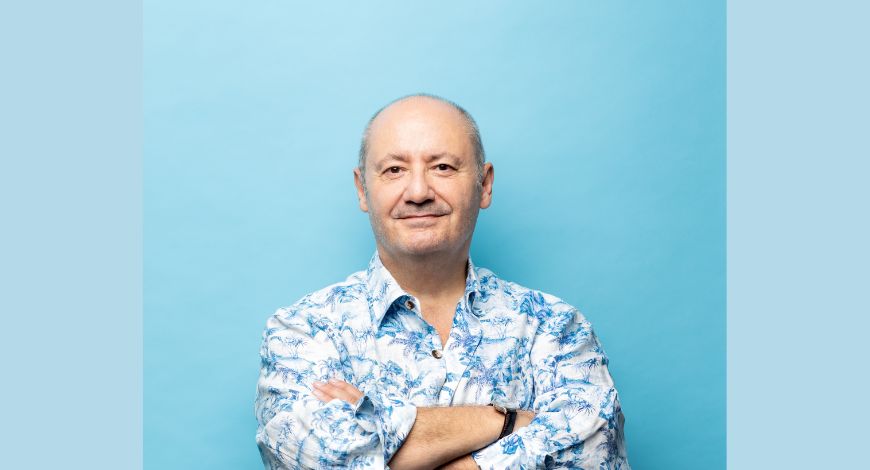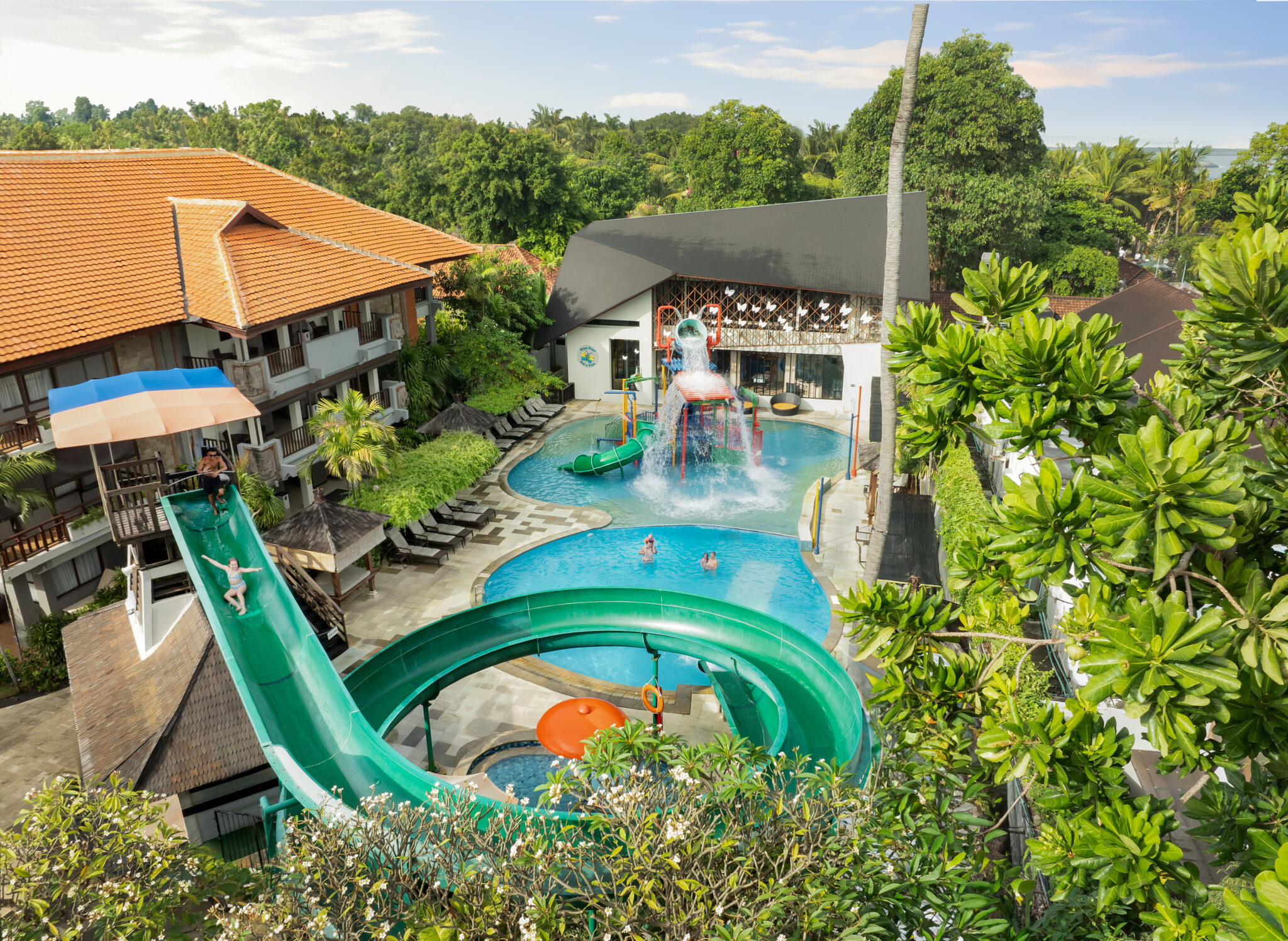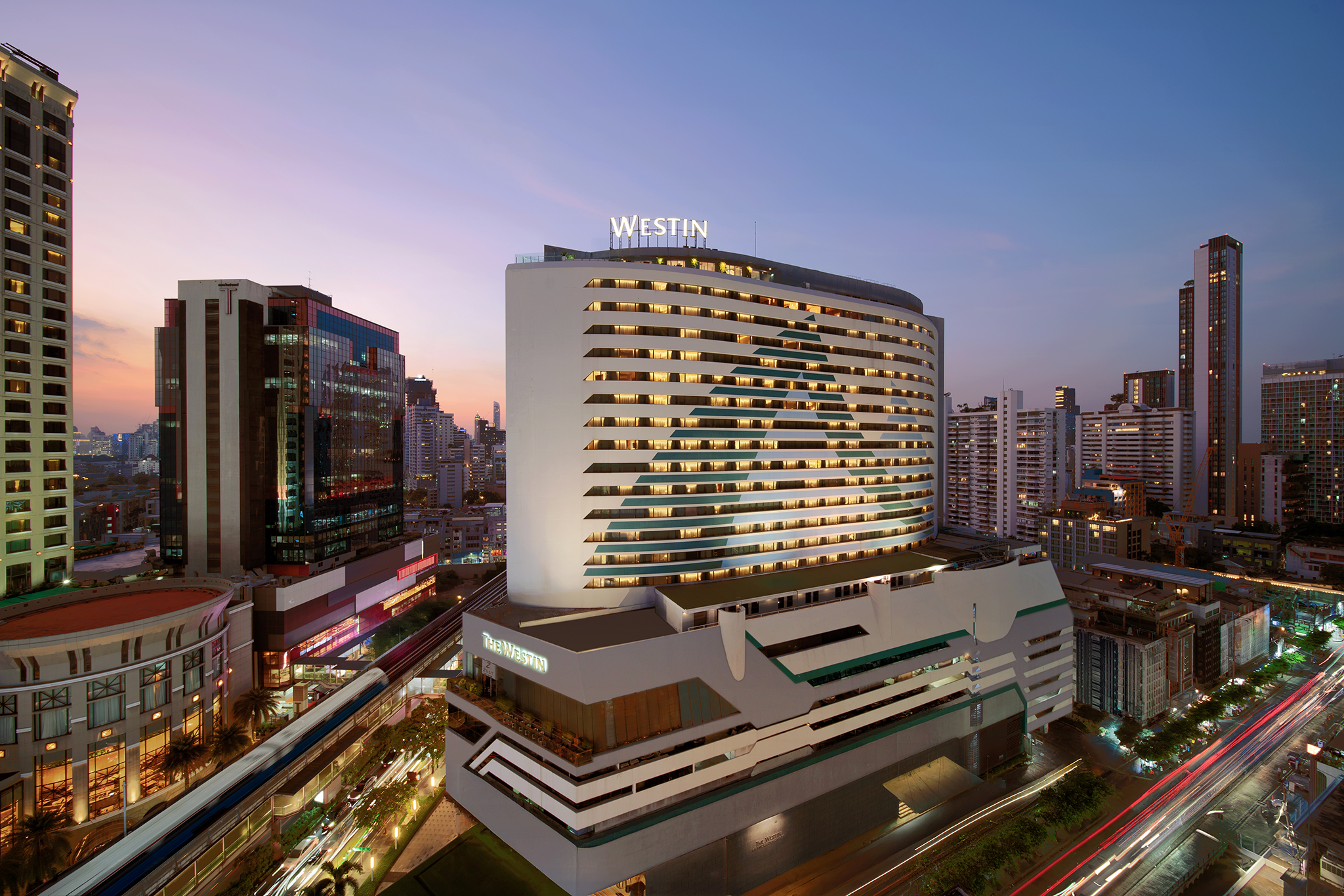Last year, Tiger Air was merged into the Scoot brand when owner Singapore Airlines (SIA) took a 56% ownership of the company. Now SIA has announced that its other subsidiary, regional airline SilkAir, will be folded into the parent company leaving it with just two brands – Singapore Airlines, running a full domestic and international service and low-cost carrier Scoot.
The merger will come following the completion of an investment plan into SilkAir’s cabin products, which will see more than $100 million sunk into new lie-flat seats in business class as well as seat-back in-flight entertainment systems fitted in business and economy class seating – bringing SilkAir cabins into line with that of SIA Group’s full-service network.
It is another example of the major investment we are making to ensure that our products and services continue to lead the industry across short-, medium- and long-haul routes
Discussing the merger SIA CEO, Goh Choon Phong, said: “Singapore Airlines is one year into our three-year Transformation Programme and today’s announcement is a significant development to provide more growth opportunities and prepare the Group for an even stronger future. Importantly, it will be positive for our customers. It is another example of the major investment we are making to ensure that our products and services continue to lead the industry across short, medium- and long-haul routes.”
The ‘Transformation Programme’ was announced last year when SIA created a ‘transformation office’ to review the company and its products, as whole, in response to a startling loss of net profit in 2017, when SIA reported a drop of 48% (S$441.9million) on the S$851.8 million total recorded in 2016.

Discussing the formation of the office at the time a spokesperson for SIA said: “The review is aimed at identifying new revenue-generation opportunities and reshaping the business into one that continues to deliver high-quality products and services, though with a significantly improved cost base and higher levels of efficiency.”
The SilkAir merger will take fruition once a “sufficient”, though undisclosed, number of aircraft have been refitted with the new cabin products. Singapore Airlines is yet to respond to questions about further developments and how the merger will affect passengers. However, in order to help avoid any disruption to service, SIA has begun routes and aircraft transfers between the different airlines in the portfolio.
SIA group’s current services from Australia to Singapore
|
Sydney |
35 flights weekly |
Airbus A380 (New Product), A380, B777-300ER |
|
Melbourne |
32 flights weekly |
Airbus A350-900, Boeing B777-300ER, Boeing 777-200 |
|
Perth |
28 flights weekly |
Airbus A330, Boeing B777-200ER, B777-200, Boeing 787-10 |
|
Brisbane |
28 flights weekly |
Airbus A350-900 and Boeing B777-200ER |
|
Adelaide |
7 flights weekly |
Airbus A330 |
|
Canberra |
7 flights weekly |
Boeing 777-300ER |
|
SILKAIR |
||
|
Darwin |
4 flights weekly |
Boeing 737-MAX 8 |
|
Cairns |
5 flights weekly |
Boeing 737-MAX 8 |
|
SCOOT |
||
|
Sydney |
5 flights weekly |
Boeing 787-9 |
|
Melbourne |
4 flights weekly |
Boeing 787-8 |
|
Perth |
5 flights weekly |
Boeing 787-8 and Boeing 787-9 |
|
Gold Coast |
3 flights weekly |
Boeing 787-8 |








